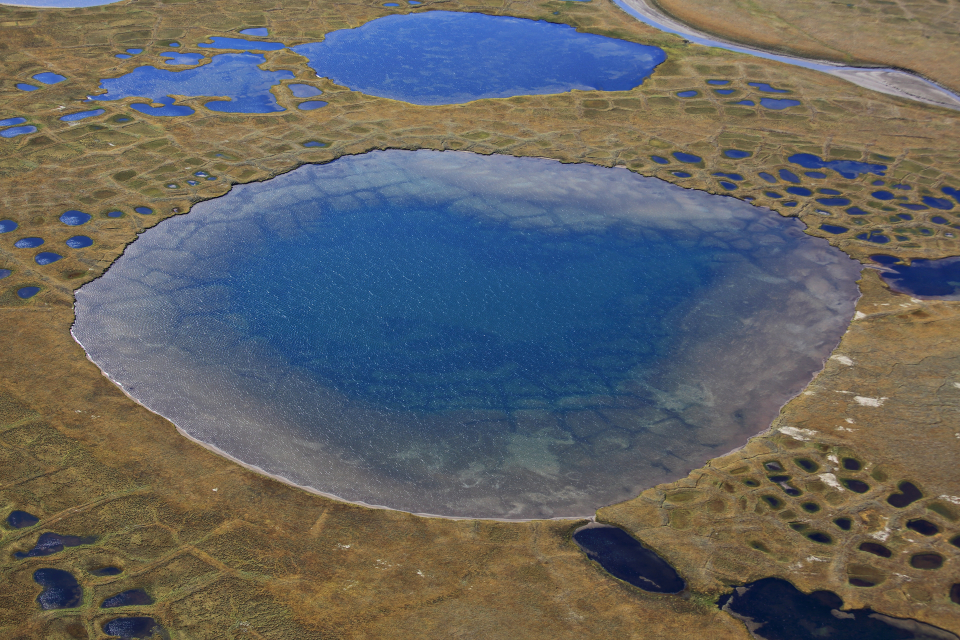Publié le 22 octobre 2021
As part of the ESA–NASA Arctic Methane and Permafrost Challenge, new research has revealed that rapidly thawing permafrost in the Arctic has the potential to release antibiotic-resistant bacteria, undiscovered viruses and even radioactive waste from Cold War nuclear reactors and submarines.
Permafrost, or permanently frozen land, covers around 23 million square kilometres in the northern hemisphere. Most of the permafrost in the Arctic is up to a million years old – typically the deeper it is, the older it is.

As part of the ESA–NASA Arctic Methane and Permafrost Challenge, new research has revealed that rapidly thawing Arctic permafrost has the potential to release antibiotic resistant bacteria and potentially undiscovered viruses.
In addition to microbes, it has housed a diverse range of chemical compounds over millennia whether through natural processes, accidents or deliberate storage. However, with climate change causing the Arctic to warm much faster than the rest of the world, it is estimated that up to two-thirds of the near-surface permafrost could be lost by 2100.
Thawing permafrost releases greenhouse gases – carbon dioxide and methane – to the atmosphere, as well as causing abrupt changes to the landscape.
However, research, published recently in Nature Climate Change, found the implications of waning permafrost could be much more widespread – with potential for the release of bacteria, unknown viruses, nuclear waste and radiation, and other chemicals of concern.
The paper describes how deep permafrost, at a depth of more than three metres, is one of the few environments on Earth that has not been exposed to modern antibiotics. More than 100 diverse microorganisms in Siberia’s deep permafrost have been found to be antibiotic resistant. As the permafrost thaws, there is potential for these bacteria to mix with meltwater and create new antibiotic-resistant strains.